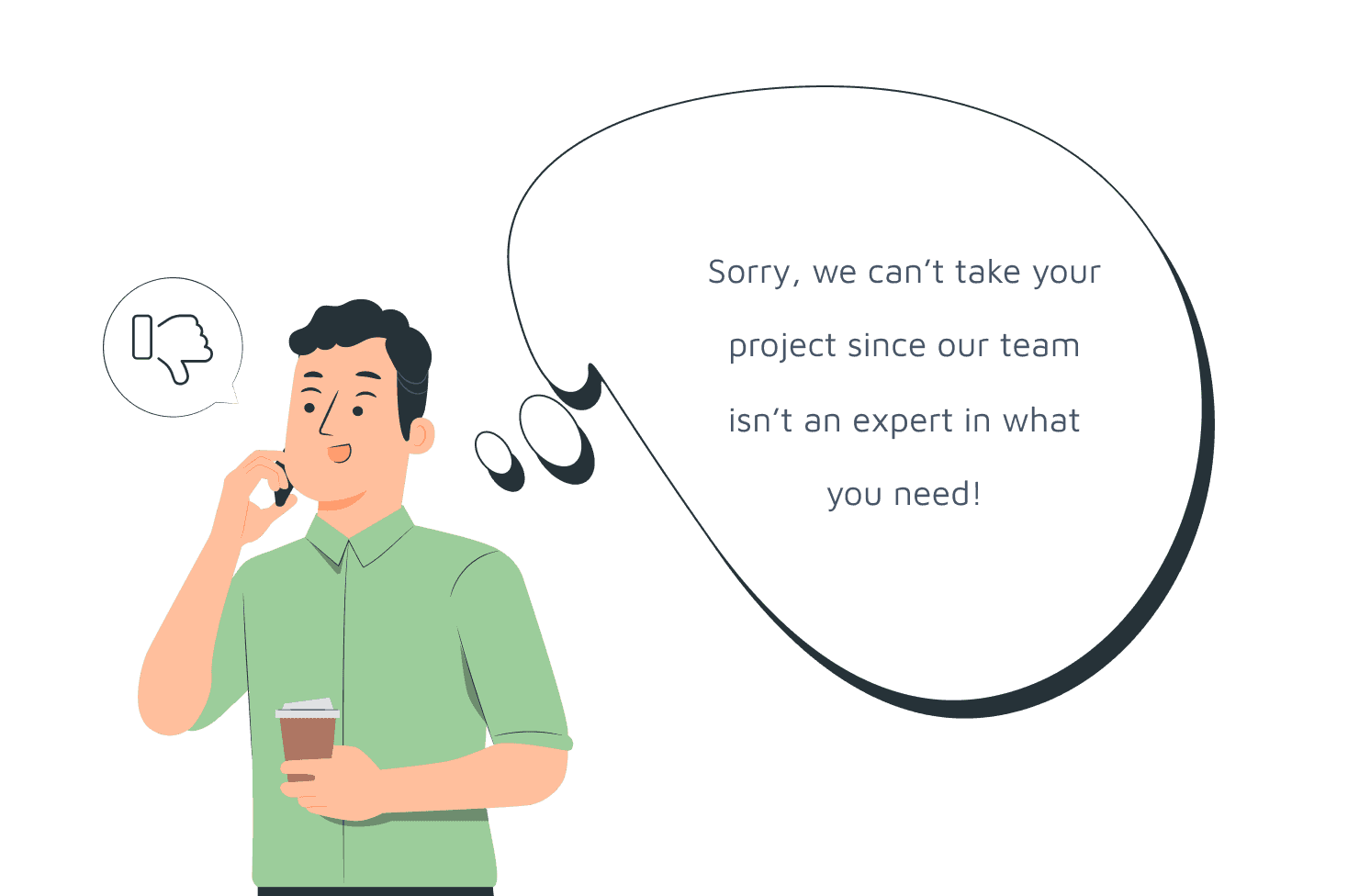Jan 18, 2023
Managing Expectations in Construction
Expectations are dangerous when they are both too high and unformed. ― Lionel Shriver
Expectations are a part of life. We all have expectations of our clients, employees, vendors, and any other person around us. The reverse is also true. People have expectations of you too. Expectations as a whole are often ambiguous, implied, and not communicated clearly. This can lead to frustration, disconnection, and financial impact on your business.
In this article, we explore managing expectations to operate a thriving business with satisfied customers.
Expectations are often unspoken.
It is critical to understand that expectations of you and your company may already be established before you even connect with a potential client for the first time. Expectations are also built from what people see about you online, the work you have done, or how you have communicated so far.

It can be difficult to figure out what expectations your customers already have and what you can do to give them realistic expectations. The process of discovering and directing their expectations largely relies on thorough communication.
Setting negative expectations keeps happy customers.
It’s important to set negative expectations for the areas that could be difficult for your clients. For instance, remodeling involves a lot of dust, dirt, and can displace a family from their normal routines.
Make sure to inform your client about potential negative realities as a part of selling the job. You can remind them later when you’re going through those rough parts of the project.
Plan for the unexpected.
Most jobs don’t turn out exactly as planned. There are a lot of variables and things outside of your control that can affect the budget and schedule. If you tell your client a project will take about 3 days and it takes 1 week, they think you’re late.
If however, you say the project could take 2 weeks, even though you know you want to get it done in 3 days, you’re way ahead of schedule if it takes 1 week. The only thing that changed was the expectation you set. Don’t fall into the trap of setting overly positive expectations that you might not be able to keep. You’ll be a genius to your clients when you exceed their expectations.

Transparency wins confidence.
You have a limited amount of time and resources. Being transparent with potential clients about your world inspires confidence, even if these realities aren’t ideal. It also helps your client feel like they have choices ahead of time instead of feeling misled.
For example, you may have a lot of projects going on at one time, it might take you a month to get an estimate out, or you may need to pull off their job in the middle while you complete another job. Being honest and transparent with your clients builds trust and patience.
Learn how to say “no”.
The projects you lose money on are the ones you could have said “no” to. To keep your business healthy, focus on where you excel, and keep realistic promises. It can be tempting to take on jobs that are outside of your skill set.

If you do take on something new for your business, it is important to clarify what processes you are learning and where you’re already excellent. If you don’t think you can meet client expectations, it’s okay to say “no” and focus on projects in the areas in that you and your team excel.
Learning your clients’ unspoken expectations, setting negative expectations, adding a buffer for the unexpected, saying “no” when necessary, and being transparent with your strengths and weaknesses will help you create and retain happy clients and thrive as a business.








